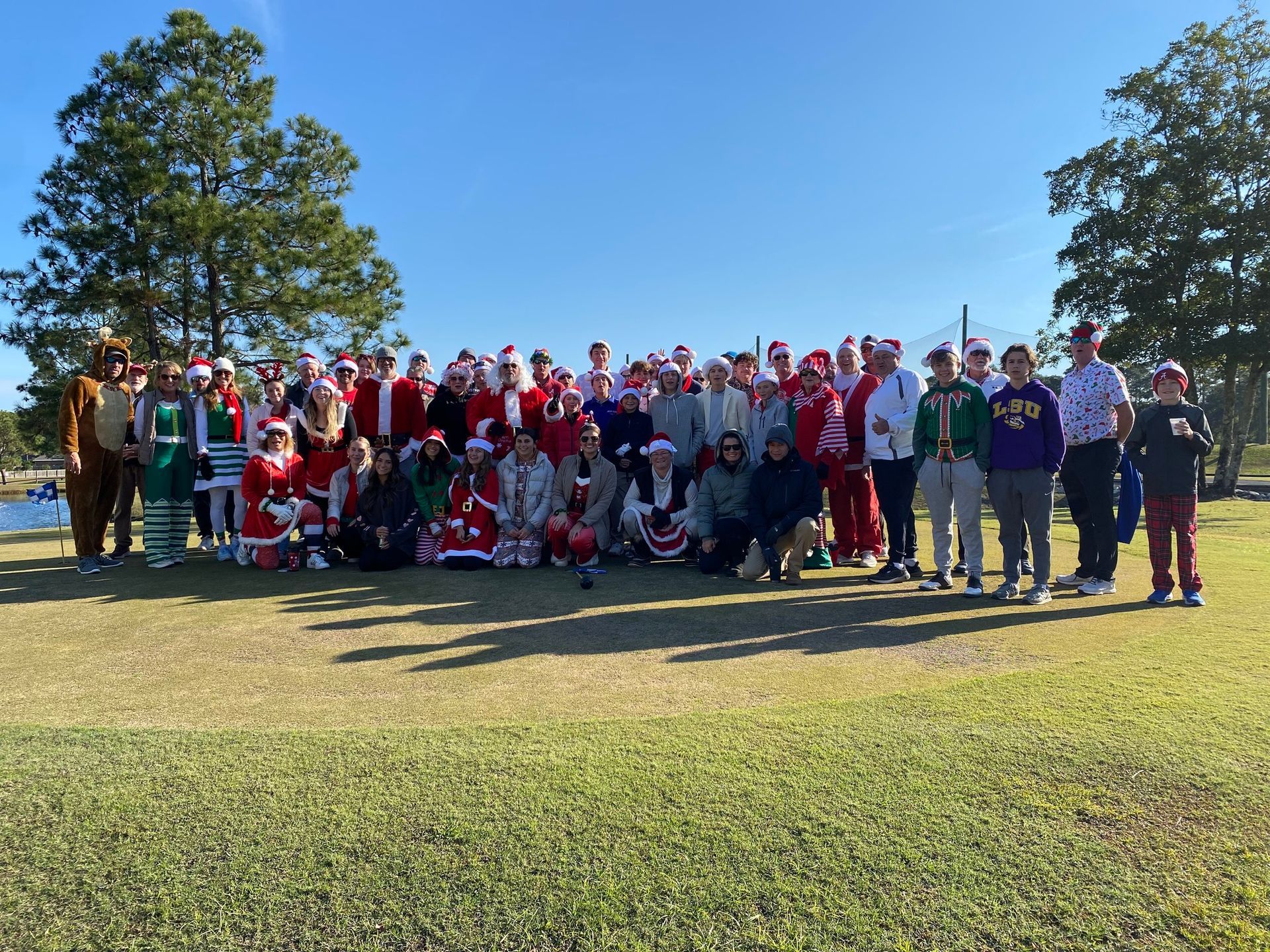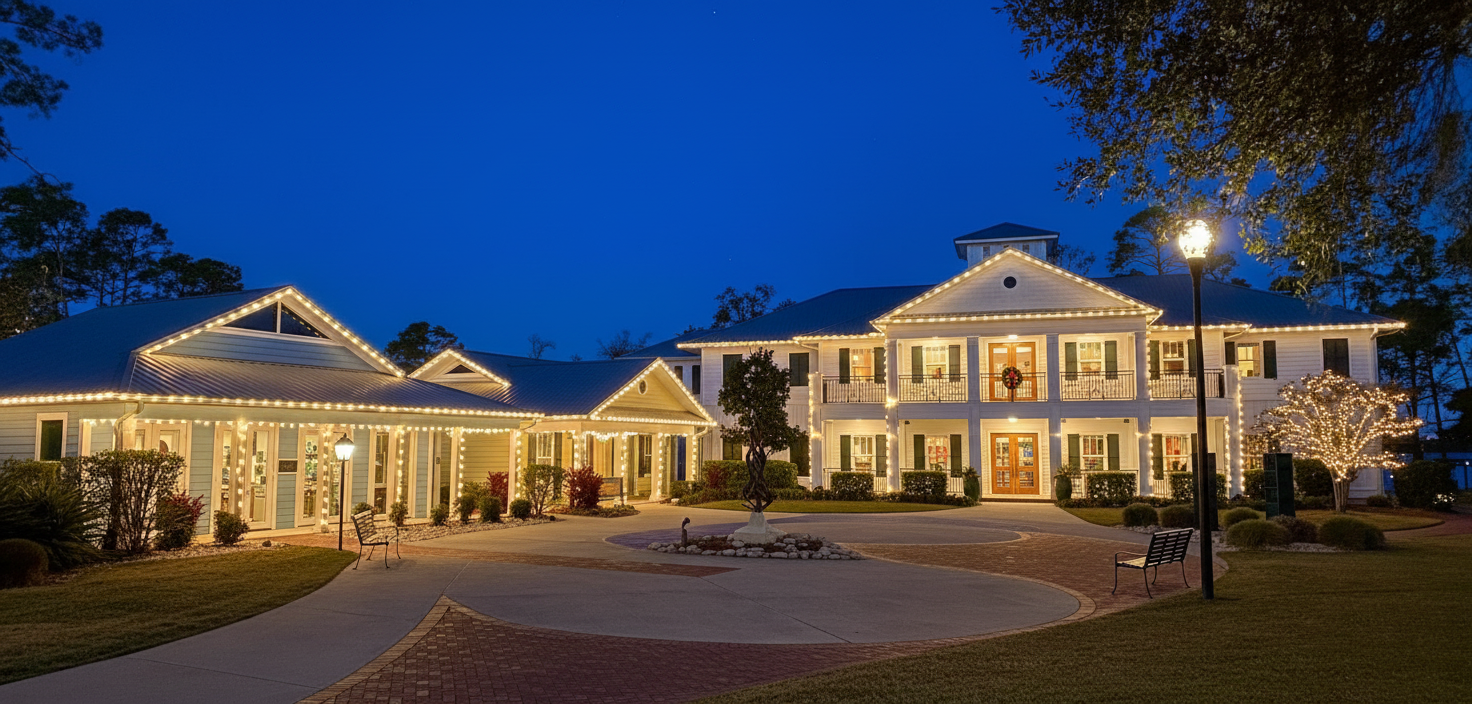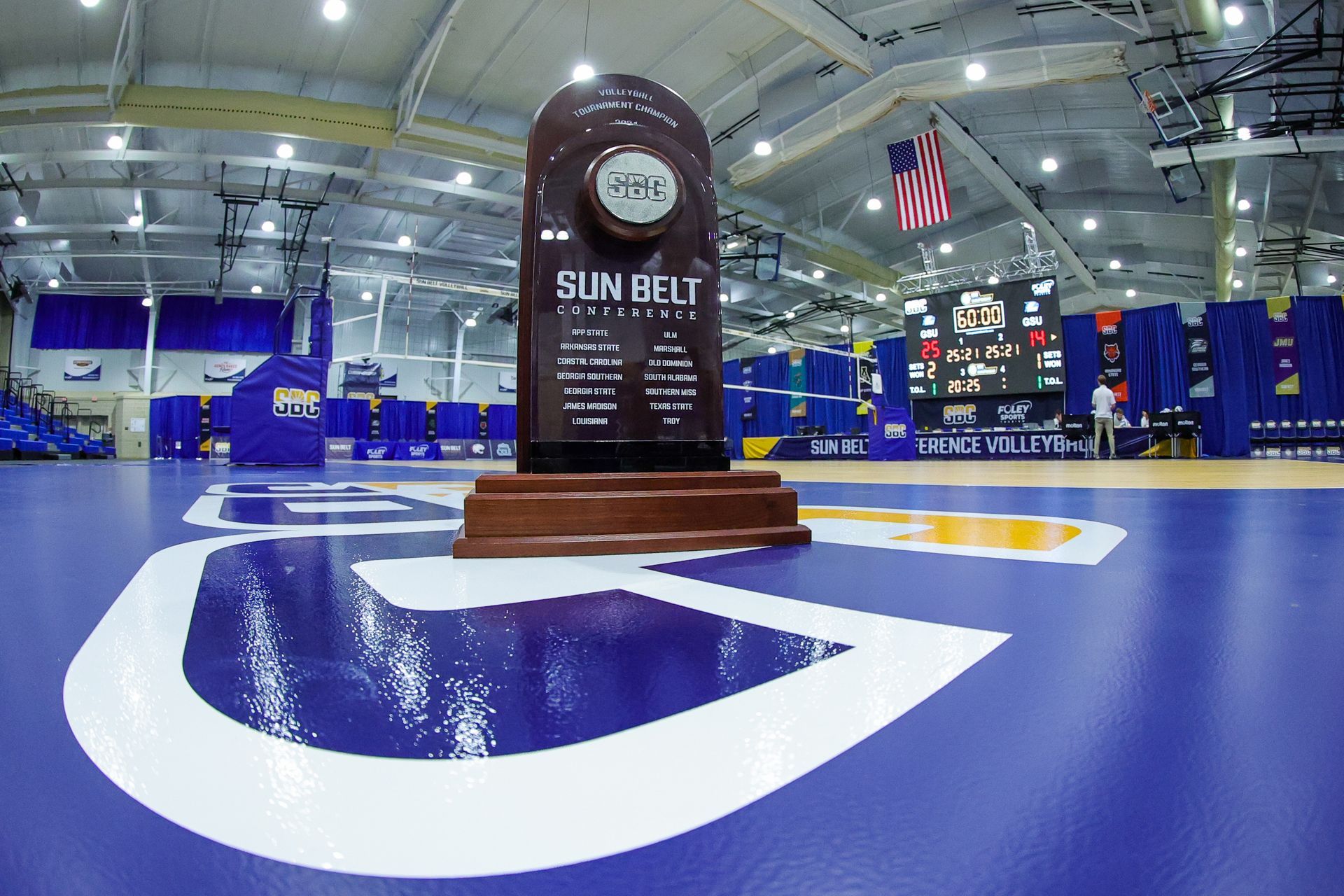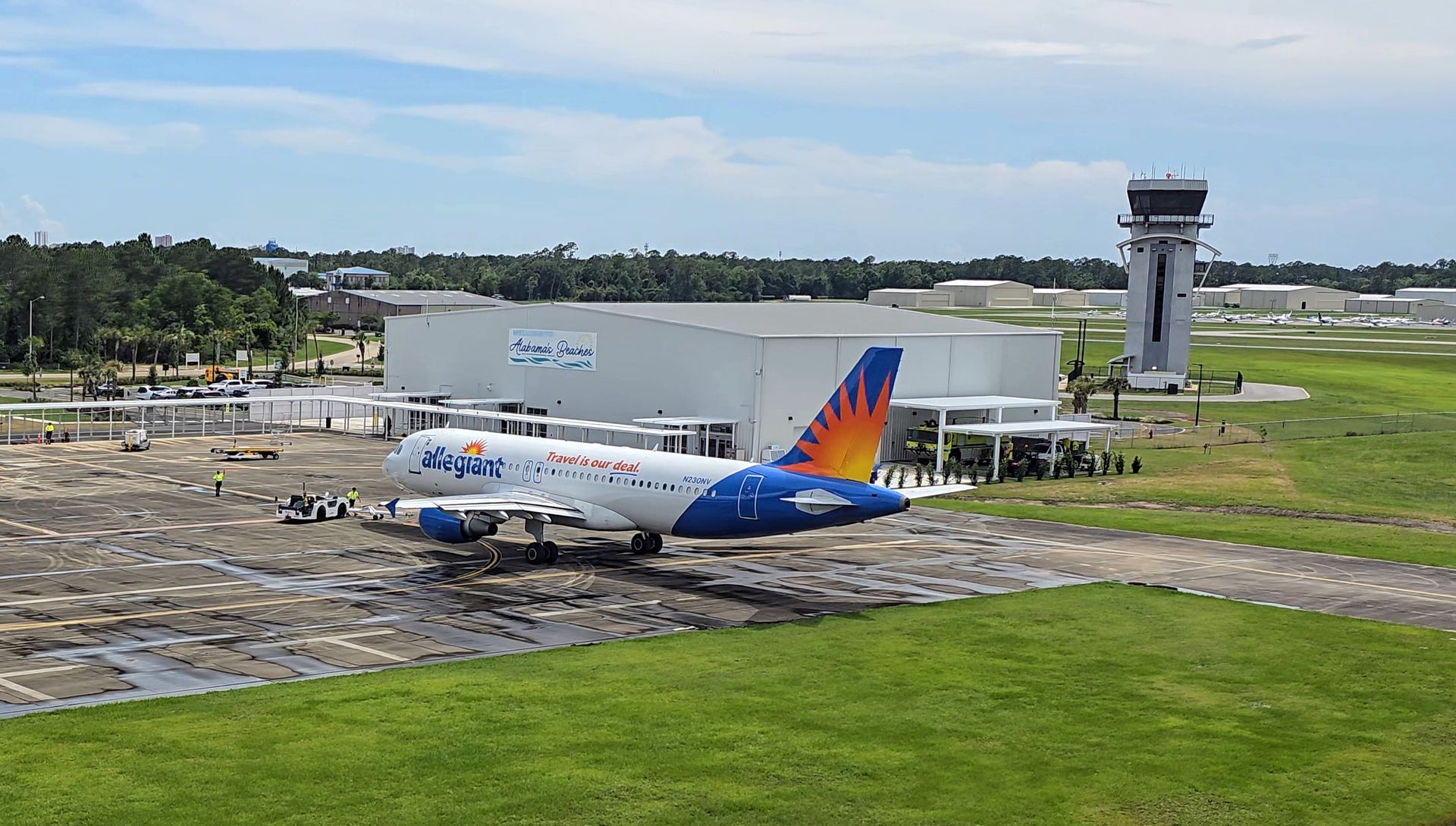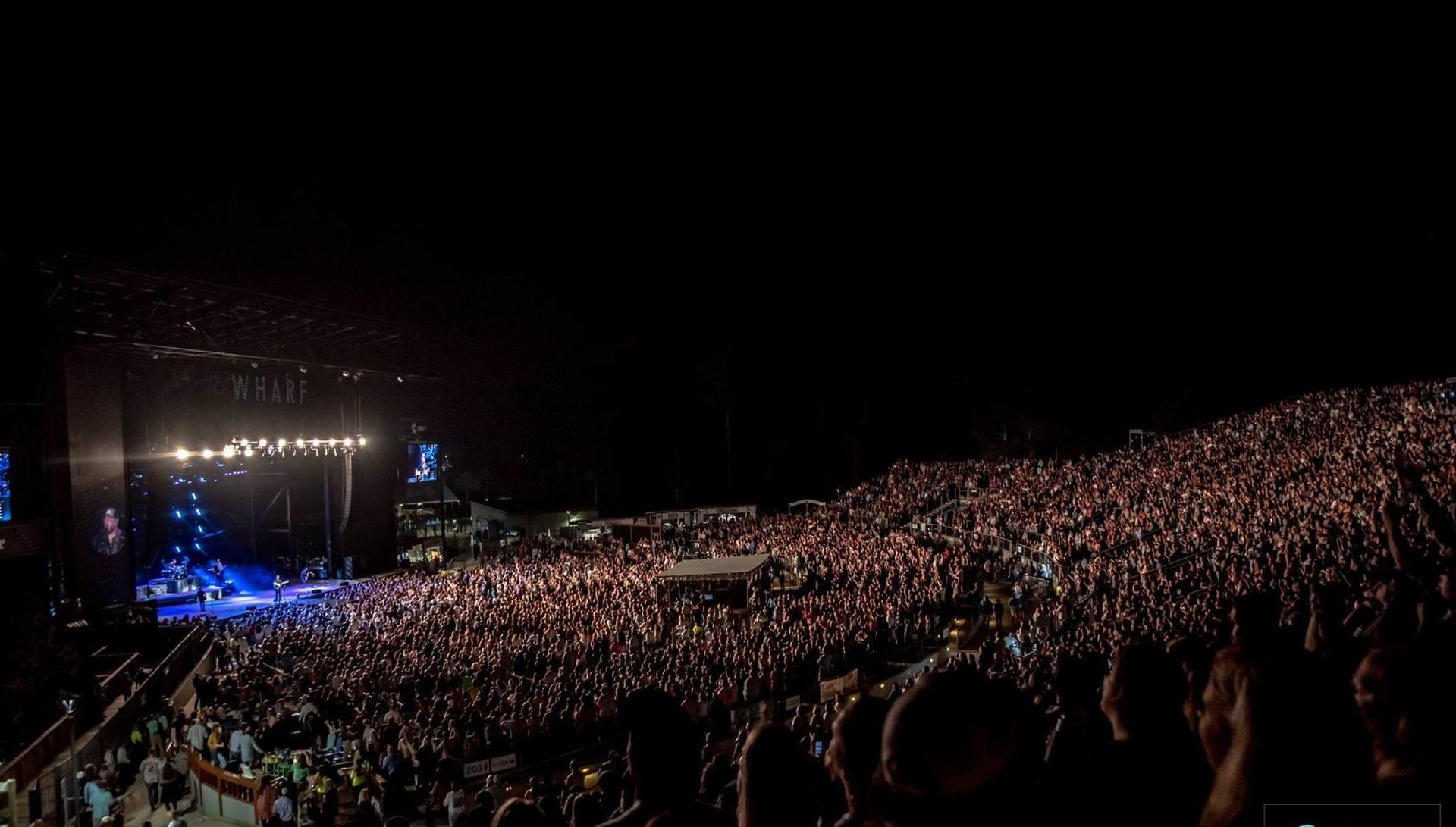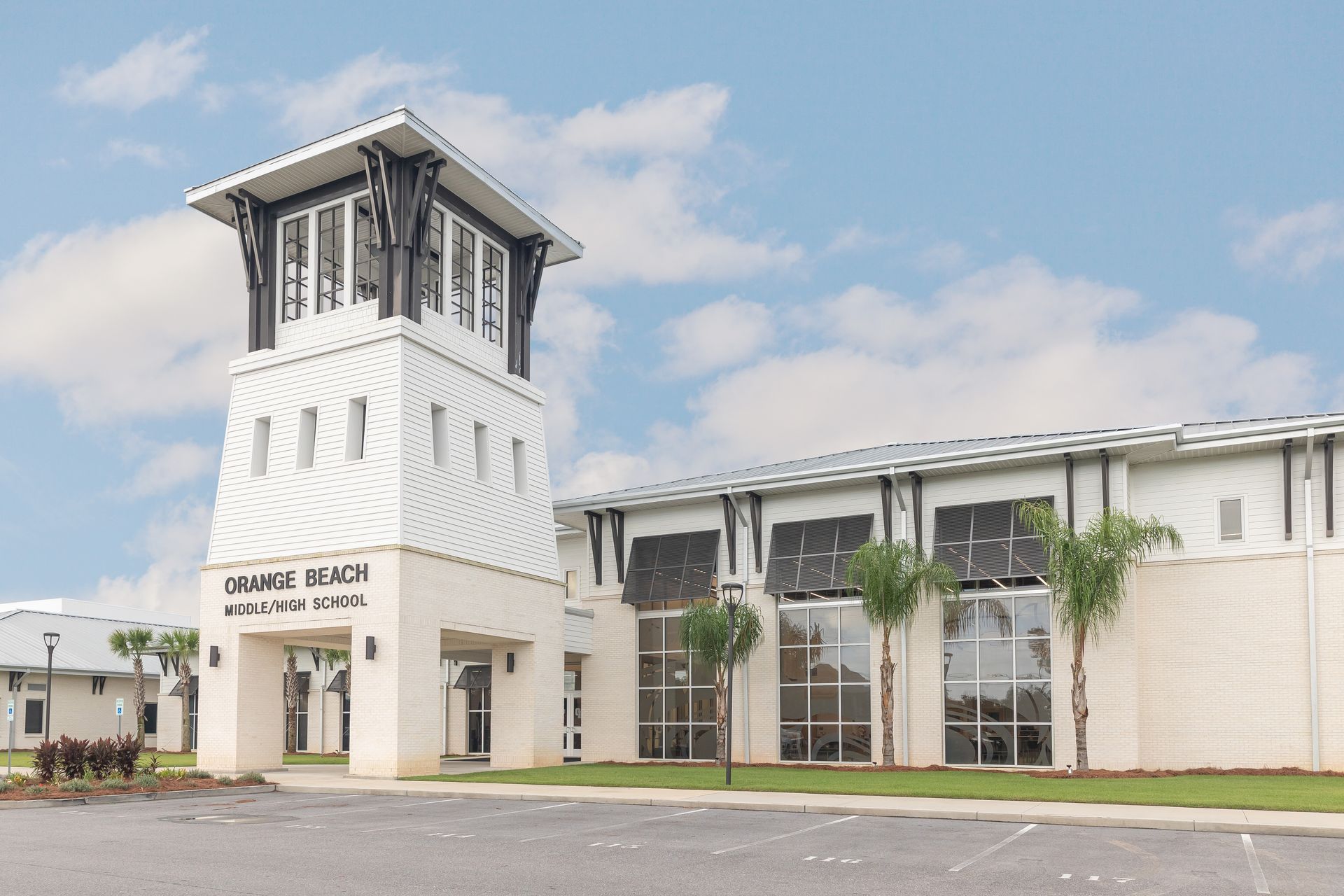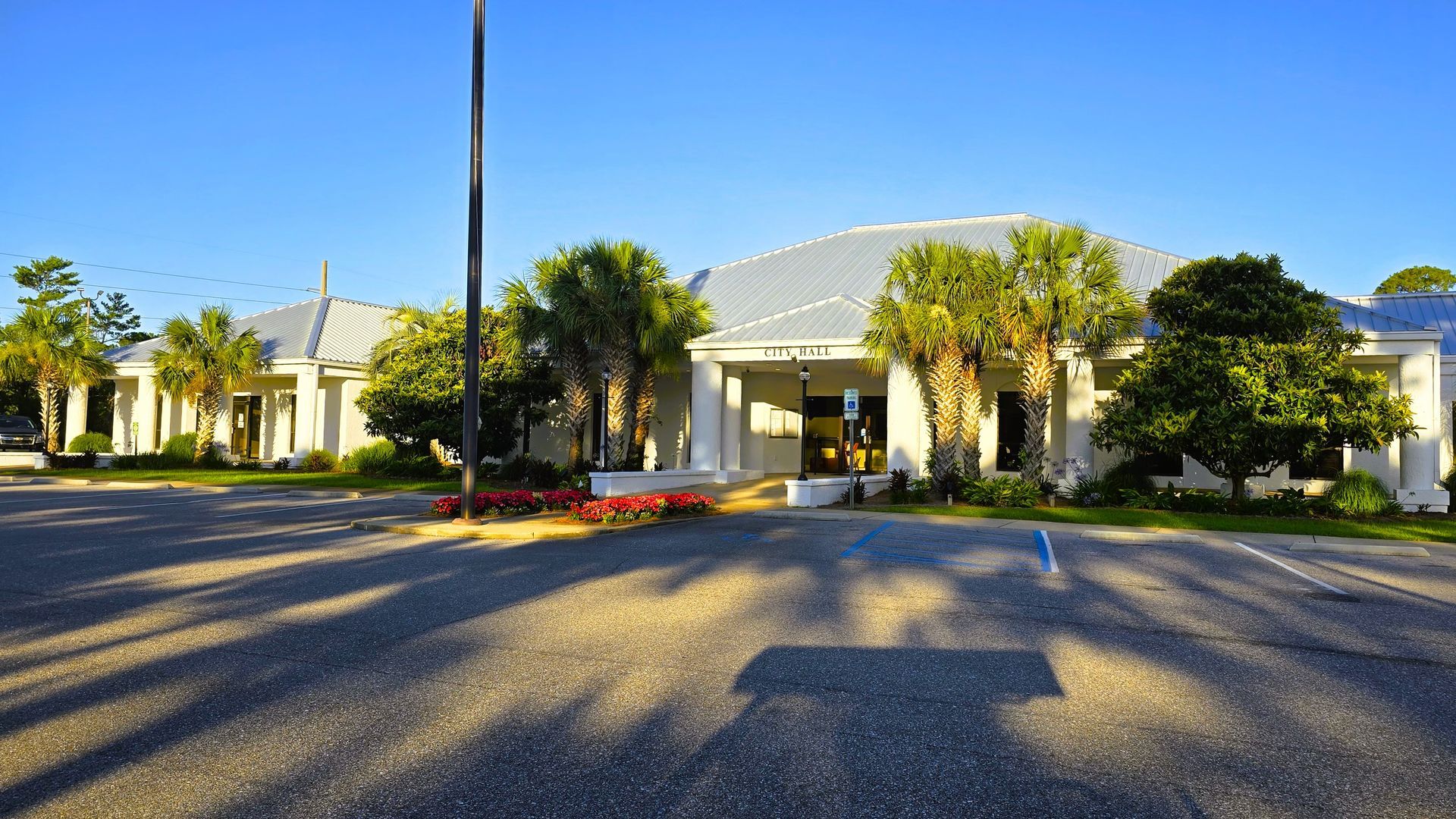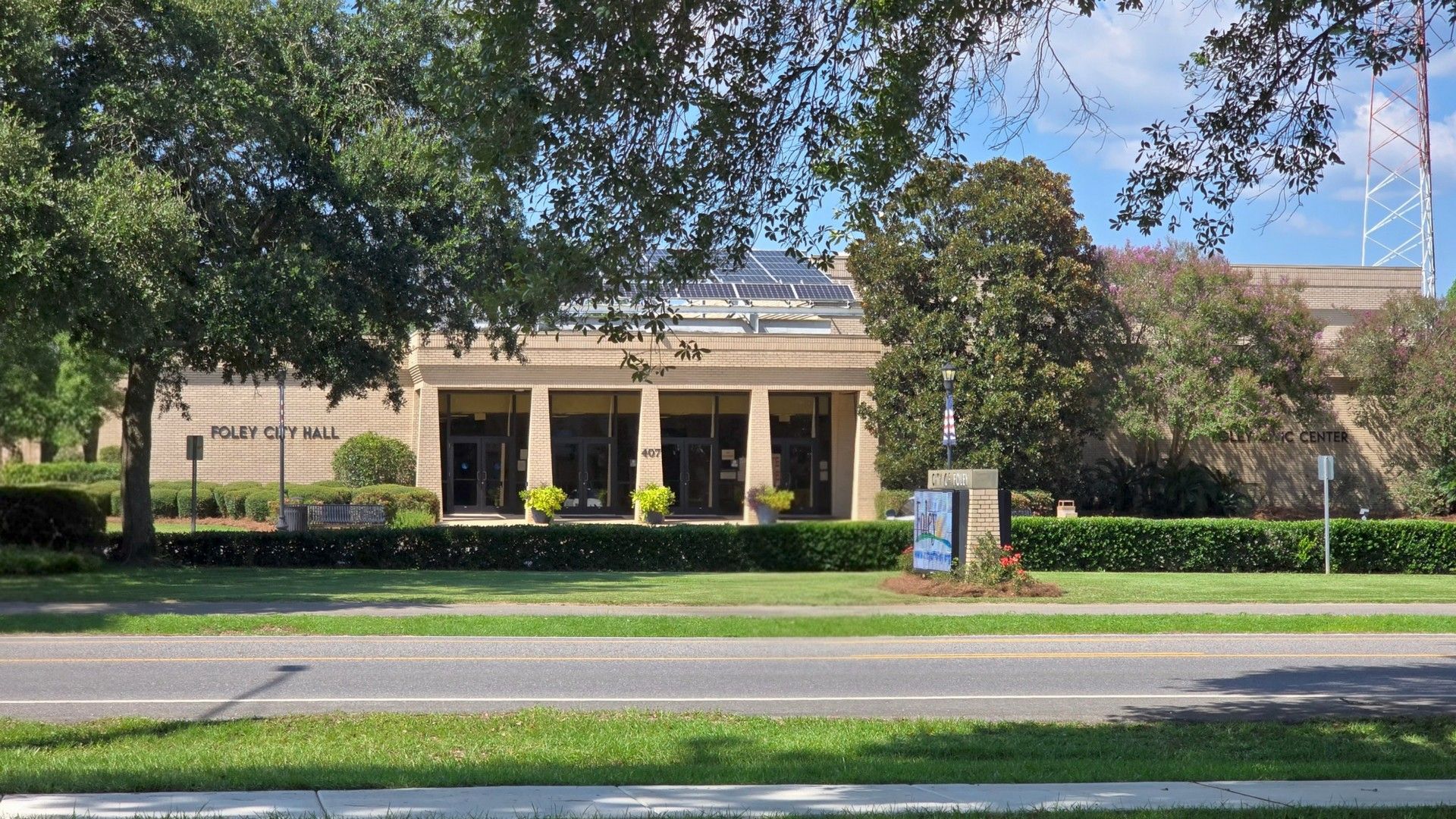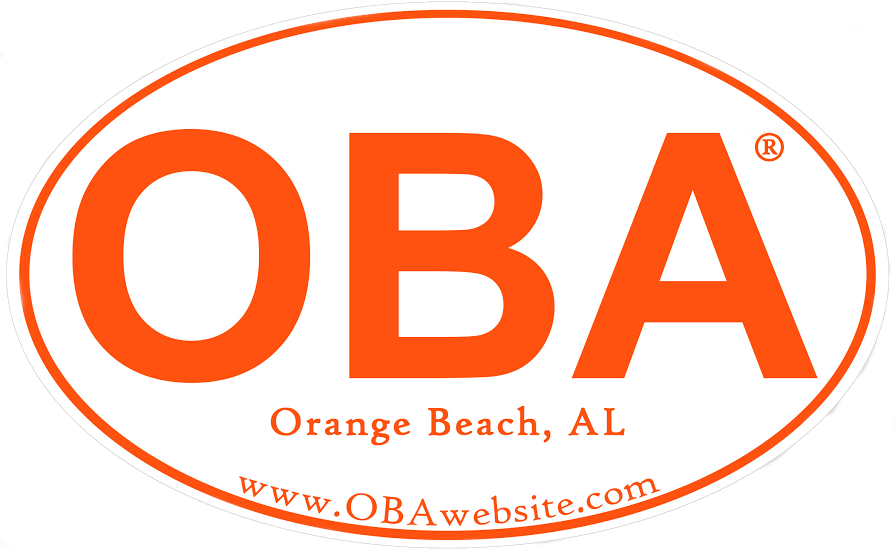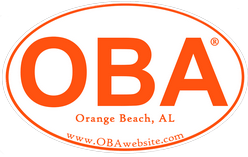RESTORE Council Unveils New Slate of Gulf Restoration Projects
Public comment opens on $403 million Gulf Coast restoration plan
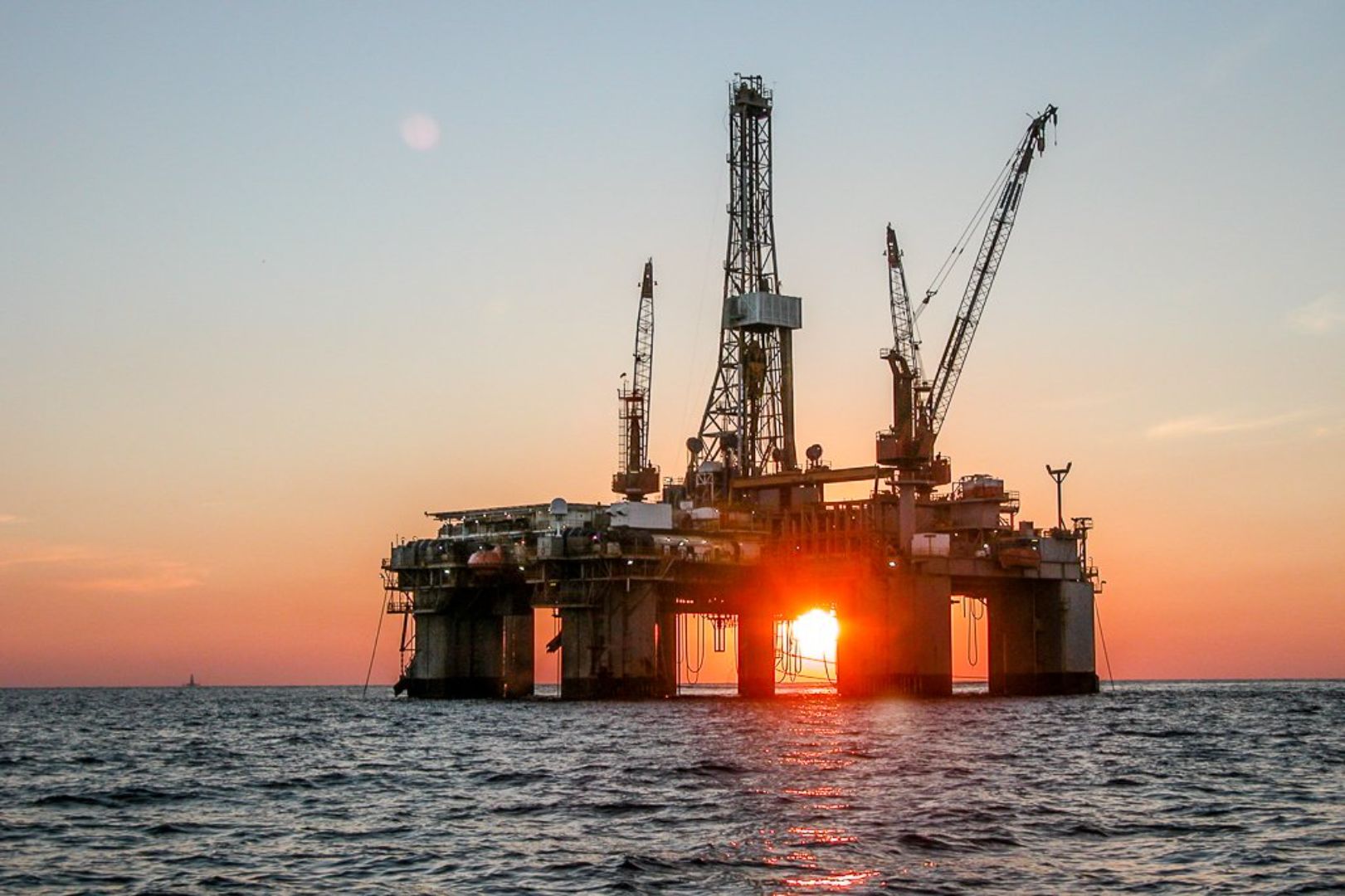
Orange Beach, Ala. — (OBA) — The Gulf Coast Ecosystem Restoration Council has released a draft plan that outlines more than $403 million in new restoration work across the Gulf states impacted by the Deepwater Horizon oil spill. The draft 2026 Funded Priorities List, known as FPL 4, includes major projects in Alabama. State and federal leaders say the projects will help protect wetlands, improve water quality and support coastal habitats. The plan also opens the door for the public to provide feedback before any funding decisions are finalized.
The public review and comment period on the draft 2026 FPL opens today, November 20, 2025. It will remain open through January 2, 2026. During that time, people can review the draft list and submit comments through the RESTORE Council’s website at Restore the Gulf.gov.
Governor Kay Ivey said the plan represents a wide range of efforts that will benefit both Alabama and the broader Gulf Coast. She pointed to projects such as dune restoration, the beneficial use of dredge material, water quality improvements and litter removal from local waters. Ivey said these efforts will continue to enhance the natural resources that make Alabama unique. She also praised Alabama Department of Conservation and Natural Resources Commissioner Chris Blankenship for his leadership during the planning process.
The RESTORE Council is made up of the governors of the five Gulf states along with cabinet members from the Environmental Protection Agency, Department of the Interior, Department of Commerce, Department of Agriculture, Department of the Army and the Department of Homeland Security. Commissioner Blankenship serves as Governor Ivey’s designee to the Council. He also served as the RESTORE Council State Chairman while the 2026 FPL was being developed.
Blankenship said he is eager to share the list of projects with the public and to hear comments from residents and stakeholders. He noted that the plan is the result of extensive coordination among the five Gulf states and six federal agencies. According to Blankenship, Council members and staff spent a long but productive period working together to agree on the slate of projects that appear in the draft.
U.S. Senators Tommy Tuberville and Katie Britt have expressed strong support for the Alabama projects in the 2026 FPL. Tuberville said Alabama is proud of having some of the most beautiful coastline in the country. He said it is important to protect natural resources for the thousands of people who live in and visit the coastal region. Tuberville highlighted the Upper Mobile Bay Wetlands projects and the Water Quality Improvement Program as efforts that will help keep the Mobile area beautiful and safe in the years ahead.
Britt said the FPL plan shows how dredged material can be used in a positive way for wetland restoration, water quality improvements, and the protection of oyster and bird habitats. She said the projects reflect what is possible through partnerships and strong leadership at the state, local and federal levels. Britt credited Governor Ivey and Commissioner Blankenship and his team with proposing thoughtful and ambitious projects in Mobile Bay, Dauphin Island, Mississippi Sound and other coastal waterways. She said she looks forward to supporting the work through her role at the federal level.
As part of the public engagement process, ADCNR will host a meeting and in-person comment opportunity at the Spanish Fort Community Center on December 17, 2025. The meeting will begin at 5:30 p.m. During the event, Blankenship and RESTORE Council staff will provide an overview of the draft 2026 FPL. They will also share information about other Deepwater Horizon oil spill restoration work and GOMESA-funded projects in Coastal Alabama.
The Spanish Fort Community Center is located at 7361 Spanish Fort Blvd., Spanish Fort, Alabama, 36527. Attendees will be able to learn more about specific projects and offer feedback that can be considered before the RESTORE Council takes final action on the 2026 FPL. Officials say the in-person meeting is one of several ways residents can stay informed about restoration activities and make their voices heard.
The restoration activities listed in the 2026 FPL are intended to address ecosystem needs across the Gulf. They were developed through cooperation among RESTORE Council members, with input from Gulf stakeholders. About $87 million in the draft list is proposed for projects in Alabama. Those projects range from wetland and dune restoration to trash reduction and conservation efforts on private lands. Below is a more detailed description of proposed projects.
Alabama’s project activities include the following:
Upper Bay Marsh Beneficial Use Wetland Creation - $24 million
Alabama will construct a 100-acre wetland restoration cell in Upper Mobile Bay as the first phase of work that will result in 1,200 acres of tidal wetlands. This project is a continuation of the FPL 1 Upper Mobile Bay Beneficial Use Wetland Creation Site project. It supports the primary RESTORE Comprehensive Plan goal to restore and conserve habitat by restoring the estuarine marsh through the construction of a semi-submerged containment area and placement of dredge material.
Dauphin Island West End Renourishment and Resilience - $38 million
Alabama plans to restore 3.5 miles of linear dunes, 40 acres of sandy water bottoms and 160 acres of beach and dune habitat. This will provide protection for the estuarine habitats of the Mississippi Sound including seagrasses, oyster reefs, marshes, 30,000 acres of conservation lands and vulnerable coastal villages. This project supports the primary RESTORE Comprehensive Plan goal to replenish and protect living coastal and marine resources.
Coastal Alabama Water Quality Program - $9.5 million
The Water Quality Program began under the FPL 3b program and will now continue over the next 10 years. The FPL 4 funding will provide for both planning and implementation. The program supports the primary RESTORE Comprehensive Plan goal to restore water quality and quantity. Projects that will be implemented include construction of or upgrades to stormwater and wastewater systems, low-impact development and septic-to-sewer conversion.
Grand Batture Island Restoration - $11.95 million (Alabama Portion)
Alabama will collaborate with Mississippi to restore the remnants of Grant Batture Island. This project will include planning as well as implementation and will support the restoration and protection of natural resources, ecosystems, fisheries, marine and wildlife habitats, beaches and coastal wetlands of the Gulf Coast Region by creating, restoring and enhancing coastal habitats.
EPA Trash Free Waters - $1.8 million (Alabama Portion)
This program’s goal is to prevent trash from entering waterways and to remove trash that is already in the environment. Activities include source reduction, trash capture, research and community engagement.
USDA Gulf Coast Conservation Reserve - $1.5 million (Alabama Portion)
The Gulf Coast Conservation Reserve Program works with private landowners to reduce soil erosion, improve water quality and enhance fish and wildlife habitat within priority watersheds of the Gulf. The USDA’s Natural Resources Conservation Service provides technical and financial resources to help landowners plan and implement conservation practices.
DOI Tribal Youth Conservation Corps - $290,000 (Alabama Portion)
This program provides conservation and cultural resource training and employment opportunities to Native American youth. Projects occur on both public lands and tribal lands, providing hands-on experiences in areas like forestry, wildlife management and infrastructure development.
Additional information on the projects and programs included in FPL 4 as well as prior FPL activities can be found at
Restore the Gulf.gov. Information on all the Deepwater Horizon restoration projects can be found at the
Alabama Coastal Restoration Program’s website.
Share this article w/ Friends...
